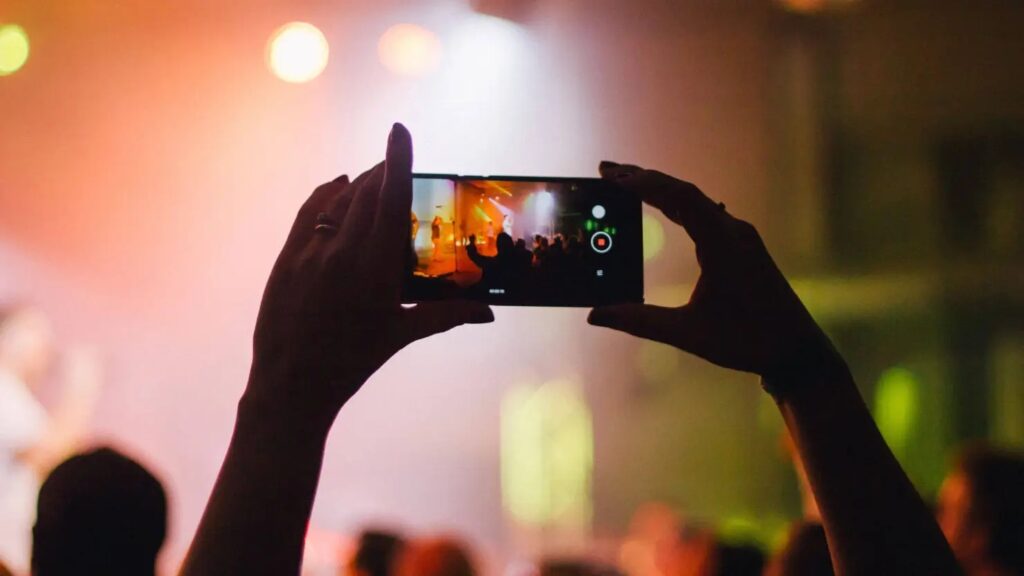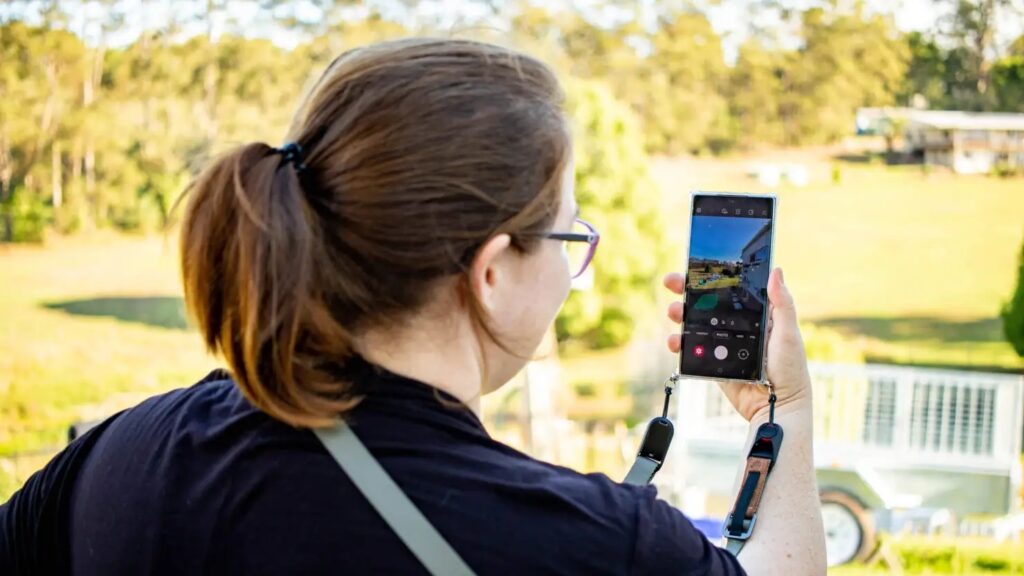
With so much mobile video content being created every minute, proper technique can make a video stand out. Here are my tips to ensure you record the highest-quality footage with your smartphone.
1. Get familiar with your phone
Many people fail to fully utilize the capabilities of their phones, including its camera. There may be professional settings tucked away inside that could affect white balance, exposure, shutter speed, ISO sensitivity and aperture; taking time to understand how they work can lead to optimal use in various scenarios.
As some smartphones offer multiple slow-mo modes, be mindful of which works best and how slow. My phone features a super slow-mo mode which is relatively useless unless used perfectly still and under optimal lighting conditions; its regular slow-mo mode however is much more versatile and accommodating of errors than its counterpart.
Be mindful to toggle any stabilization features your phone may offer on and off; this feature should only be enabled when doing handheld shots such as landscape scenes in breezy outdoor conditions; but, it should be disabled when doing subtle pans or tilts for visual interest, since stabilization will override these movements, potentially causing the recording to stay still and then jump abruptly. Also if using moving shooting style (similar to “The Office” or “Modern Family”) this feature should be disabled.
2. Eliminate Shake
Stability can make an enormous difference for viewer experience, and shaky video can be one of the biggest turnoffs. If you can’t hold your phone steady or create even camera movements without using tools to assist, tools may exist that will assist.
One and two-handed mobile rigs can help you securely hold your phone using pistol-grip handles; some come equipped with neck straps for added support. Three axis gimbals operate using battery power to help provide smooth images that have been stabilized over time.
3. Record Horizontally
Any professional video editor will tell you the worst mistake is shooting in portrait mode (vertical) instead of landscape mode (horizontal). By shooting landscape mode, your image will fill a typical 16:9 screen without black bars or empty parts in its composition.
Only certain exceptions apply, including Instagram Stories (which only allows vertical video), TikTok (which accepts horizontal but prefers vertical videos) and Facebook video ads (some prefer vertical formats for communicating their message).
4. Don’t Discount Lighting
Lighting can make all the difference when it comes to mobile video game playback, with smartphones often lacking sensors large enough to respond appropriately when changes in light occur.
Setting is of utmost importance when filming video. Shooting at bright light sources will result in overexposed footage; shooting in low light environments will give rise to noise and grainy images.
Small portable battery-operated lights are readily available and reasonably priced, helping set the mood of your video, capture accurate skin tones, and lower chances of noise in dark areas of the video. Add one as key and fill lights, or simply to illuminate the background.
5. Audio Matters
Many people forget the significance of quality audio when producing videos; indeed it may even be more essential than video itself. Unfortunately the microphones found on phones don’t always serve to produce professional-looking results as they often capture ambient environmental noise from surrounding sources.
Small and inexpensive microphones are essential elements in your shoot. There are various methods available to attach these mics directly to your phone rig for optimal audio pickup patterns and quality; additionally they may connect directly with its headphone jack via a TRRS cable.
6. Avoid Digital Zoom
Most smartphones rely on digital zoom instead of optical zoom for zooming purposes, not optical. Digital zoom is a processed zoom that produces lower quality images by expanding pixel sizes within an area. Keep in mind, most phones record MP4 codec, which although excellent still compressed format; using digital zoom may lower recording quality further while recording with lossy format codecs such as MP4. Consequently, using both of these techniques in tandem would not be optimal.
Some phones provide optical zoom functionality, usually two times. Focusing on creating striking composition can often compensate for videos which have more zoomed-out footage.
If you need to zoom, there are two methods of doing it. Manual zoom is one approach – simply move closer to your subject while walking closer also helps your mic capture better audio). But for extra zoom power, try getting a zoom lens that clips onto your phone that covers its camera lens. 12X lenses can often be found inexpensively.
7. Be Creative
Static video relies heavily on action within the scene to hold viewers’ interest, but adding camera movement or different perspectives will only increase viewership further.
Start off by starting with your camera pointing away from the subject, then quickly moving it towards it for recording, holding for as long as necessary, before quickly moving it away again after recording has ended. This technique makes a unique swish-pan effect; post production allows for adjustment in terms of speed and blur to create something visually engaging.
Or try switching up your perspective: hold your phone low to the ground and shoot upwards for an eye-catching shot, get an establishing shot from higher ground, experiment with camera moves and angles using your rig – anything to add interest and production value to your video!



